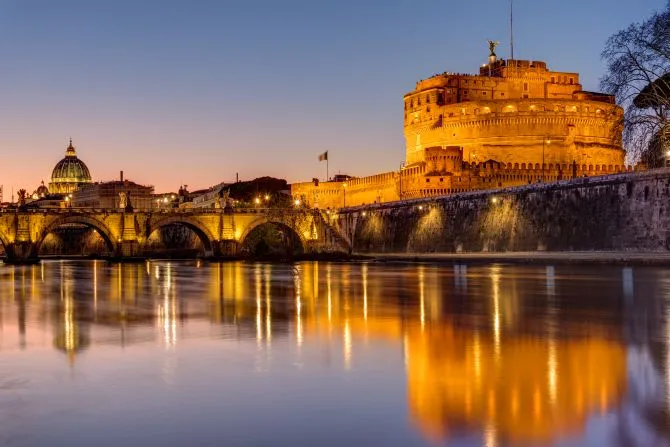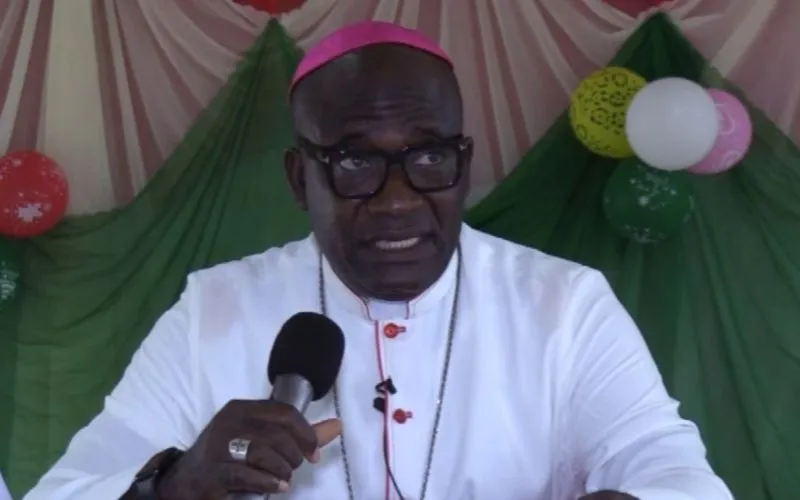The project will include the “redevelopment and pedestrianization” of the piazza, which will connect the Castel Sant’Angelo to the famous road leading to the Vatican, the via della Conciliazione, costing approximately 70 million euros, according to a press release from the Vatican’s Jubilee webpage. That translates to about $77 million.
Castel Sant’Angelo is a historic structure with a marble statue of St. Michael the Archangel atop it and is located on the edge of the piazza. It was formerly a mausoleum commissioned by the Roman Emperor Hadrian and later became a papal fortress connected to St. Peter’s.
The city has plans to undertake almost 90 other projects, costing approximately $2 billion, according to Andreas Thonhauser, EWTN Vatican Bureau chief.
Alfredo Mantovano, Italy’s undersecretary to the presidency of the council of ministers, said in the press release that the city plans to complete the infrastructure improvements by Christmas Eve of 2024.
Construction will begin in August.
Rome’s Mayor Roberto Gualtieri said in the release that “the project we are presenting today is perhaps the most important from a symbolic point of view, because it aims to bring back together two fundamental sites in the city, which have always been a vital axis: St. Peter’s and Castel Sant’Angelo.”
Archbishop Rino Fisichella, who is leading the Jubilee Year, was also at the press conference and said: “We are deeply grateful for the constant and indeed daily collaboration, which has been in place for a long time for the Jubilee.”
Fisichella said that every time a Jubilee Year occurs, Rome is beautified, violence is down, and life is “improved,” adding that “we are trying to achieve that again this time.”
“The works will give people a perspective of beauty that can only assist their sense of contemplation. The Jubilee is first and foremost a spiritual event that we want everyone to experience, and the passage through the Holy Door, taking place in a context of surrounding beauty that assists contemplation, can only be something very positive,” he added.
Eugenio Patané, the city’s assessor for public mobility of Rome City Council, said that the new “pedestrian precinct” will ensure safety from traffic while allowing vehicles to be unimpeded.








